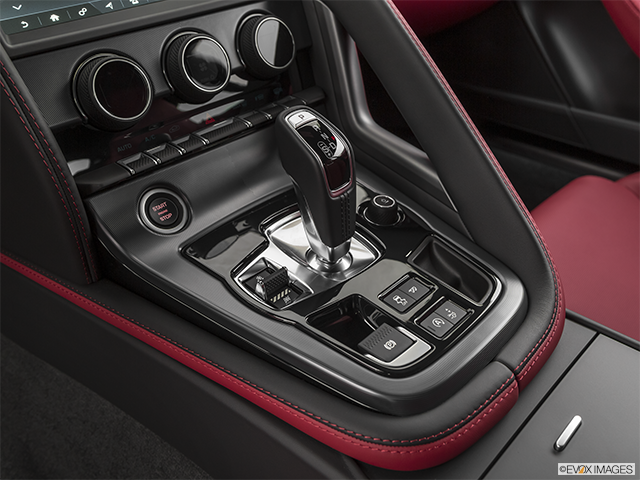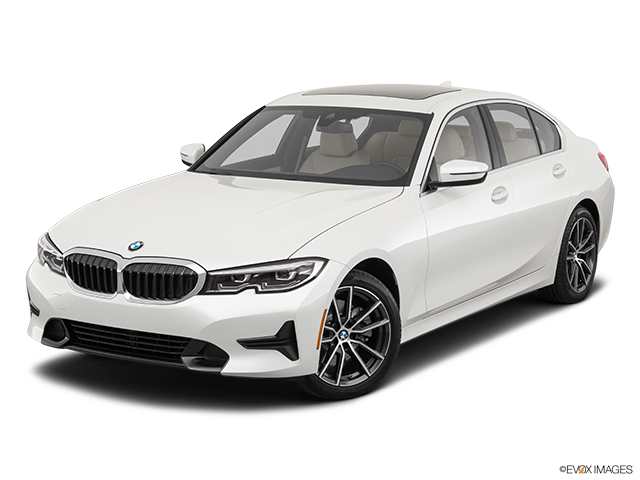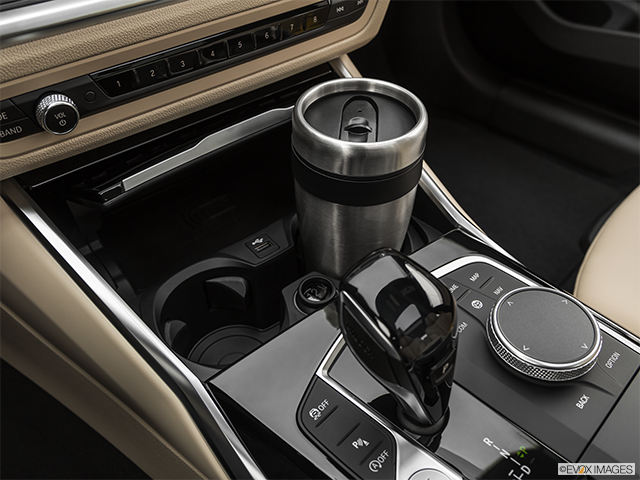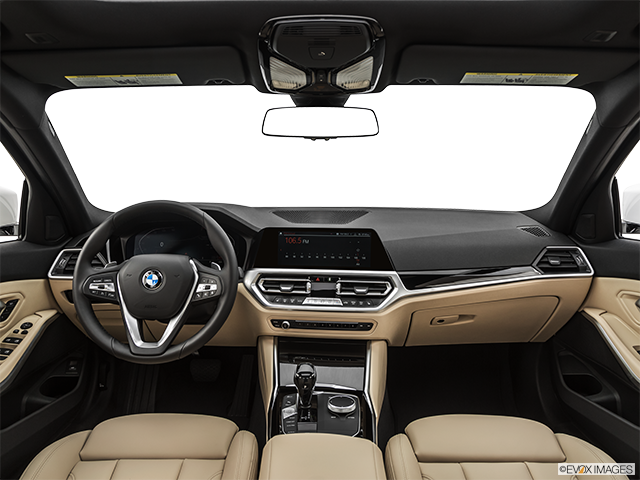Today’s automotive consumers conduct research, explore vehicles, and compare their options online. Many consumers don’t even visit a car dealer until they have decided which vehicle they want to buy. Because so much of the car buying process has shifted online, SEO for car dealers has become increasingly important.
But SEO isn’t just about optimizing content. It’s estimated that about one-third of all Google searches are performed in Google Images. For this reason, it is crucial that auto dealers take the time to optimize the premium car stock photos used on their website. Follow these steps to optimize your stock car photos and climb to the top of the local search results:
Choose Relevant Images
Using premium car stock photos can make your website more visually appealing, easier to read, and user-friendly. It can also help website visitors process the content on your page. In fact, 90% of all information that the human brain processes is visual.
Don’t just choose the first image you come across. If you want to improve your SEO ranking, it’s important to use relevant stock car photos on your website. You should only use images that are related in some way to the content on the page.
For example, if you are writing a blog post for your website comparing different models of electric vehicles, you should use images of the electric vehicles discussed in the article. Place each image near the relevant text. You can include a more general image, such as a line-up of various electric cars, at the top of the page. This general image will serve as the featured image for the article.
Optimize the File Name
If you are downloading a car stock photo from an image database, the file name might be a random mix of letters and numbers. Don’t save images with their default file names. You need to optimize the file name of each image before uploading it onto your website.
The file name helps Google understand what is depicted in the image. To improve your image SEO, incorporate targeted keywords into each image file name. The main subject of the photo should be mentioned at the start of your file name. You should also consider the way people conduct searches when choosing an appropriate file name.
For example, say you are about to upload a photo of the interior of a 2020 Toyota Rav 4. People who are looking for this image would most likely search for “2020 Toyota Rav 4 interior” rather than “interior 2020 Toyota Rav 4.” Therefore, a good file name for this image would be “2020-Toyota-Rav-4-interior.”
Use these tips to optimize the file names for every image on your website.
Resize the Image
Your website’s page speed can impact your SEO. Google understands that slow loading times can negatively impact the user experience, which is why the search engine penalizes pages that take too long to load.
Images are one of the main factors that affect your page speed. This is especially true if you upload a large picture, but choose to display it in a smaller size. For example, say you upload a photo that is 2400 x 1800 pixels but you choose to display it at 240 x 180 pixels. When someone visits this page, your website will automatically load the full-sized image before shrinking it down to the smaller size. Adding this extra step to the loading process can slow down your page speed and negatively impact your SEO.
To avoid this problem, make sure you resize the image before uploading it. WordPress gives you the option to resize every image you upload. If your website isn’t built with WordPress, look for a free online tool to resize your images.
Include A Caption
The caption is the text that appears directly below or next to an image on your website. It is used to provide additional information about the image to readers. In other words, it should briefly explain what is depicted in the image. It should also include some of your targeted keywords to help Google make sense of your website.
You don’t need to add a caption to every image on your website. Adding captions where they aren’t necessary could make your website look overly optimized, which will affect the readability of the page.
For instance, there’s no need to include a caption for the featured image at the top of your blog post. However, you may want to add captions to the images used throughout your blog post. You should only add a caption if you think it makes sense to include it. If a caption can help the reader understand the image or content further, add it. If it doesn’t serve a purpose, you can skip this step.
Add Alt and Title Text
You will also need to add optimized alt and title text to each car stock photo on your website. The alt text is the text that appears on the page in the event the image doesn’t load for any reason. The title text, on the other hand, is the text that appears when a website visitor hovers over the image with their mouse.
You are not required to add either type of text to your images, but taking the time to add alt and title text could improve your SEO. To make it easier, use your file name as your alt and title text.
For example, if your file name is “2020-Toyota-Rav-4-interior,” you can use “2020 Toyota Rav 4 interior” as both your alt and title text.
This is just one option, though. If you want to incorporate a different set of keywords into your alt and title text, you don’t have to reuse the text from your file name.
Prepare for Social Shares
People who enjoy the content on your website may want to share it with their followers on social media. Your marketing team may also want to post links to your website on your dealership’s social media pages. Because of this, it’s essential to make sure the right image appears whenever a link to your website is shared on social media.
Add this snippet of code to the <head> section on your page:
<meta property="og:image" content="http://example.com/link-to-image.jpg" />
Include a direct link to the image you want to appear whenever the page is shared on social media. This will ensure every social media post includes a relevant image and make your social media posts more eye-catching.
Optimize the Surrounding Content
The final step is optimizing the content that surrounds the premium car stock photos on your website. Google and other search engines analyze the content on every page to understand the subject matter. If this content isn’t optimized, this could affect your ranking.
To optimize this content, incorporate primary and secondary keywords into your:
Content
Headers
Page URL
Page title
Meta description
Anchor text
Be mindful of how often you use your keywords in your content. A keyword should never appear more than once per 200 words of copy. You should also only use a keyword if it naturally fits into your copy. If it doesn’t sound natural when read aloud, remove it.
Following these tips will help you make the most out of your premium car stock photos, climb to the top of the search results, and generate more sales for your car dealership.
DRIVING INNOVATION IN AUTOMOTIVE IMAGERY
The EVOX Images database features the most innovative packages of interior and exterior stills, 360º vehicle imagery, and VR experiences. At more than a million images strong, our team consistently raises the bar on industry standards, and offers an unmatched delivery schedule.
Complete. Easy. Powerful. EVOX.
SEARCH OUR BLOG














